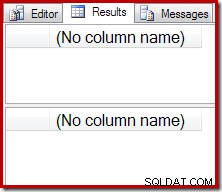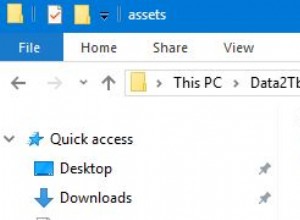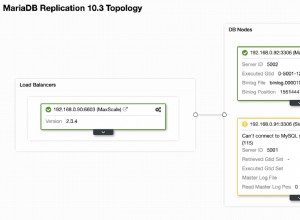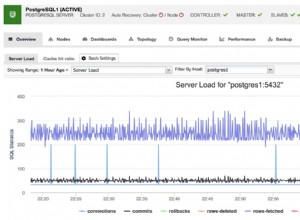Powszechnie uważa się, że utrzymywanie indeksów i tabel w oddzielnych przestrzeniach tabel poprawia wydajność. Jest to obecnie uważane za mit przez wielu szanowanych ekspertów (patrz ten wątek Zapytaj Toma - wyszukaj „mit” ), ale nadal jest to powszechna praktyka, ponieważ stare nawyki ciężko umierają!
Edycja strony trzeciej
Wyciąg z asktom:"Przestrzeń tabel indeksu" od 2001 dla Oracle w wersji 8.1.6 pytanie
- Czy nadal dobrym pomysłem jest trzymanie indeksów we własnej przestrzeni tabel?
- Czy to poprawia wydajność, czy jest to raczej problem z odzyskiwaniem?
- Czy odpowiedź różni się w zależności od platformy?
Pierwsza część odpowiedzi
Yes, no, maybe.
The idea, born in the 1980s when systems were tiny and user counts were in the single
digits, was that you separated indexes from data into separate tablespaces on different
disks.
In that fashion, you positioned the head of the disk in the index tablespace and the head
of the disk in the data tablespace and that would be better then seeking 2 times on the
same disk.
Drives back then were really slow at seeking and typically measured in the 10's to 100's
of megabytes (if you were lucky)
Today, with logical volumes, raid, NN gigabyte (nn is rapidly becoming NNN gigabytes)
drives, hundreds/thousands of concurrent users, thousands of tables, 10's of thousands of
indexes - this sort of "optimization" is sort of impossible.
What you strive for today is to be able to manage things, to spread IO out evenly
avoiding hot spots.
Since I believe all things should be in locally managed tablespaces with UNIFORM extent
sizes, I would say that yes, indexes would be in a different tablespace from the data but
only because they are a different SIZE then the data. My table with 50 columns and an
average row size of 4k might belong in a tablespace that has 5meg extents whereas the
index on a single number column might belong in a tablespace with 512k or 1m extents.
I tend to keep my indexes separate from the data but for the above sizing reason. The
tablespaces frequently end up on the same exact mount points. You strive for even io
across your disks and you may end up with indexes and data on the same devices.




